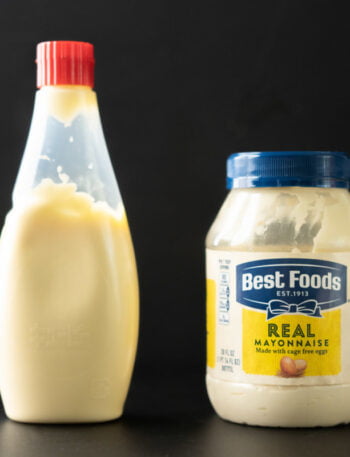Let’s talk about something we all love — food.
Food isn’t just fuel; it’s comfort, celebration, and culture wrapped into every bite. But what if your stomach could learn to wave the white flag of fullness sooner, saving you from overindulgence and that dreaded post-meal regret?
Yes, you can train your body to feel full faster. And no, it doesn’t involve Jedi mind tricks or surviving on salad leaves.
The Science of Satiety
Satiety, a fancy term for feeling full, is like your body’s stop sign for eating. But it’s not just your stomach that calls the shots — it’s a tag team effort with your brain.
When you eat, your gut releases hormones that tell your brain, “Yo, we’re good here.” The catch? This process isn’t instant. It can take 15–20 minutes for your brain to catch up, meaning you might plow through a second plate of nasi goreng before the full signal even hits.
Training the Fullness Reflex
You can tweak how your body handles satiety. Think of it like training a puppy — consistent effort pays off.
- Chew Like You Mean It
Ever heard the saying, “Chew your food 32 times”? Okay, maybe not exactly that many, but slowing down and actually tasting your food can work wonders. When you wolf down meals, your body doesn’t get the chance to recognize what’s happening. Slow bites let your gut and brain stay in sync, cutting the risk of overeating. - Fiber: Your Gut’s Bestie
Fiber is the MVP of satiety. Foods like oats, beans, and fruits bulk up in your stomach, making you feel fuller without having to eat a truckload. Think of it as upgrading your rice bowl with a side of veggies or tossing chia seeds into your smoothies. - Water for the Win
Drinking water before meals is like giving your stomach a warm-up act. A glass or two of water preps your gut, making it easier to reach that satisfied state without overloading on calories. Plus, dehydration often disguises itself as hunger — sneaky, huh? - Mindful Eating
Sit down, ditch the phone, and actually pay attention to your food. The smell, the texture, the flavors — it’s a full sensory experience. Not only does this make your meal more enjoyable, but it also helps you tune into your body’s cues.
The Emotional Side of Fullness
Let’s get real for a sec. Feeling full isn’t just about your stomach. Sometimes, we eat to fill other voids — stress, boredom, sadness. (Been there, done that, regretted it.) Training yourself to feel full also means checking in with your emotions.
Are you actually hungry, or is it just a rough day? Recognizing the difference is half the battle.
Patience, Grasshopper
This isn’t an overnight hack. Training your satiety signals takes time. But like mastering sambal levels or perfecting a rendang recipe, the effort pays off. You’ll start noticing how much less food it takes to feel satisfied, and you’ll likely appreciate your meals more, too.
So, can you train yourself to feel full faster? Hell yes.
It’s about working with your body, not against it. Slow down, eat smart, and listen to what your gut (literally) tells you. You’ll not only eat less but also enjoy the process more. And let’s be honest, isn’t that the whole point of food — joy?
Now, what’s your take? Ready to turn your meal game around or skeptical about this whole slow-eating vibe? Drop your thoughts below, and let’s dish it out!









